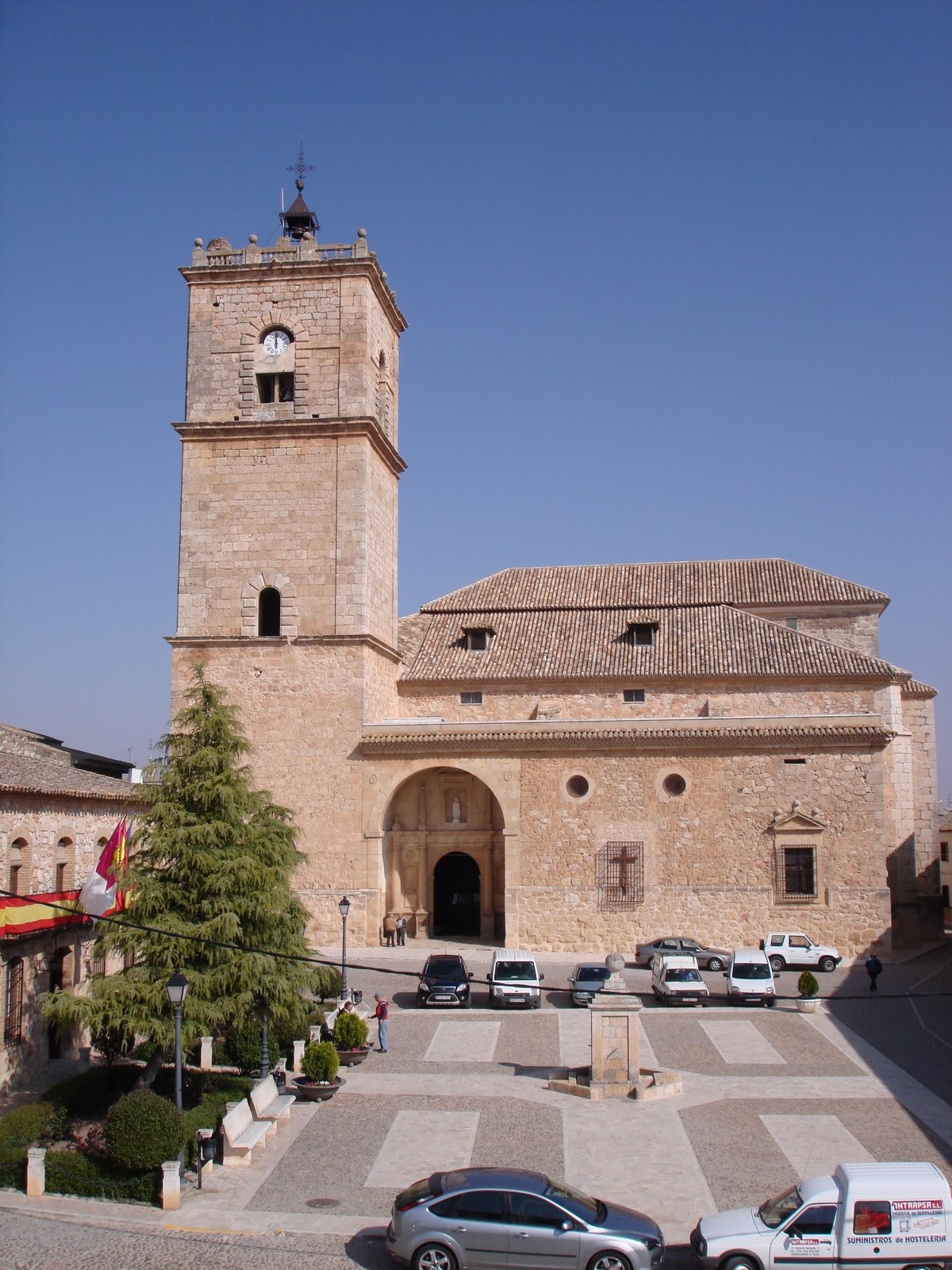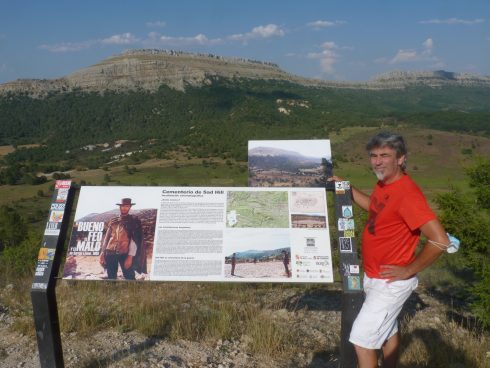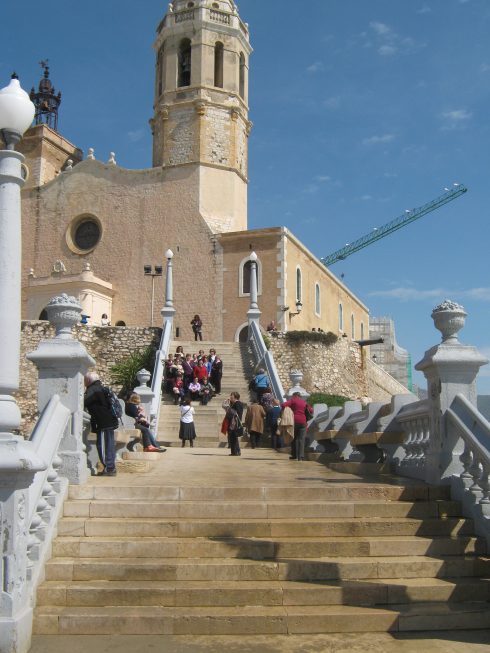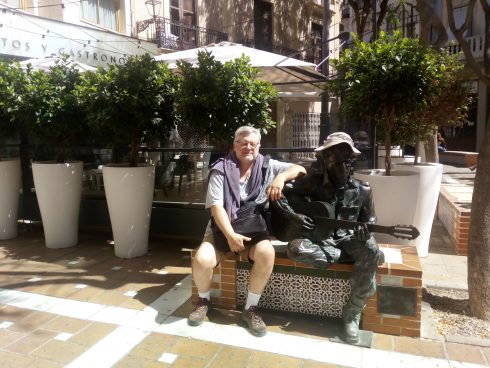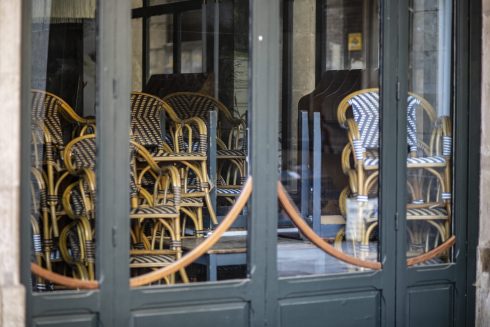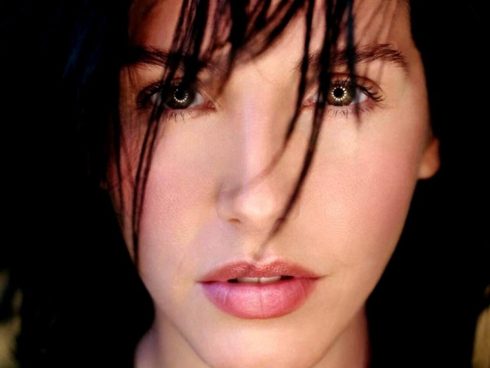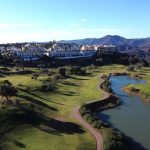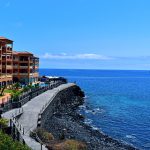The TV film Monsignor Quixote was Alec Guinness’s last Spanish movie, and the only one in fact about Spain.
Monsignor Quixote is a novel by Graham Greene, based on ‘Don Quijote,’ made into a television film released in 1987, with a screenplay written in part by Greene and starring Alec Guinness as Father Quixote, a ‘genuine’ ancestor of the fictional character created by Cervantes.
The story is updated and is set in the village of El Toboso, Toledo, with Quixote a non-conformist priest at loggerheads with his Bishop, and Sancho (Leo McKern), a Communist who has just been voted out of his job as Mayor in the early years of post-Franco Spain.
Filming took place in the real El Toboso, a village with an impressive museum dedicated to the Spanish bard.
Early on we see the Mayor leaving the Town Hall mumbling about betrayal, and the building he steps out of is in fact El Toboso’s Town Hall today.
The house where Monseñor Quixote lives was actually two different houses during filming. The exteriors were shot in a house in the main square opposite the church. The eave over the ground floor window was added by film-makers to facilitate Alec Guinness’s escape, when he climbs down from his bedroom. The interiors however were shot at Calle Adolfo Lorenzo 14.
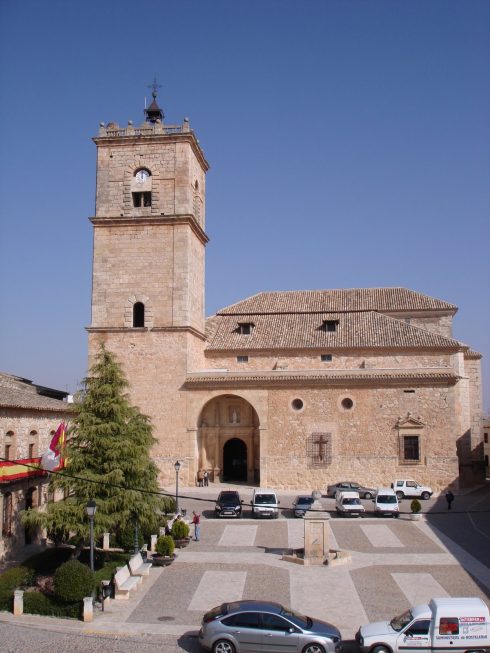
Monseñor Quixote becomes a Monseñor because of a favour he does for an Italian cleric, whose car runs out of petrol. The car is taken to a garage, a real one as it happens, situated in Calle Los Bancos 2.
Quixote and Sancho head off in a battered old Seat 600 car, called, inevitably, ‘Rocinante,’ and although there is no damsel in distress, their story runs parallel to the original Quijote. However, as is so often the case with Greene, the real story is one of faith and an attempt to see Catholicism in a modern context.
The arguments between the priest and the communist cannot hide the fact that their common humanity and decency, as well as a few well chosen bottles of wine, bring them closer together than can the trappings of belief.
The wine was picked up from the local Co-operative on the edge of town, which continues to perform this vital function decades later.
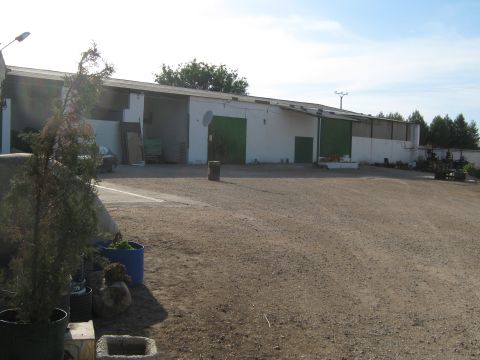
The actors and crew spent 15 days filming in El Toboso, taking all their meals in what was then the Posada de La Tuna in Calle García Lorca 12, and on my visit was an original art gallery run by Juan Alfonso García Donas.
El Toboso retains its historical charm but offers a wide range of attractions, including a Cervantes museum with copies of El Quijote translated into 59 languages and signed by famous people from all over the world, including Ronald Reagan, Fidel Castro, Nelso Mandela, and, Alec Guinness, on the 24th April 1985.
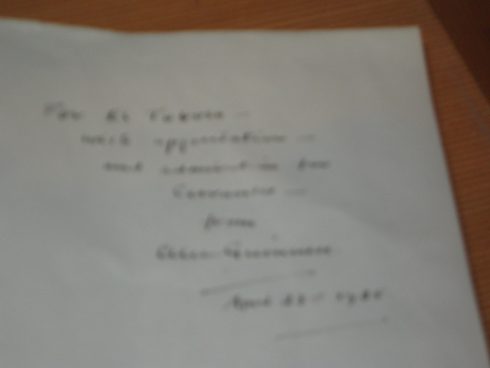
In the film the journey takes them from El Toboso to Madrid, where we can see glimpses of El Prado Museum and la Puerta de Alcalá.
They visit the Valle de Los Caídos (the Valley of the Fallen), built by Republican prisoners after the Spanish Civil War; Franco’s very own pyramid for his corpse, and then have a picnic with the Escorial in the background.
Next we see them in Salamanca (Greene’s favourite Spanish city) observing the statue of Miguel Unamuno and then visiting his tomb in the cemetery.
There is a visit to Valladolid with its arcaded, columnated main square, off which Guinness hears confession in a public toilet, after which they visit León’s Cathedral, which we also see the interior of.
This part of the journey ends when they fall asleep at the roadside under the massive rocks of the Cordillera Cantabrica.
After returning to El Toboso, they escape the clutches of the Bishop and head off again, this time to Galicia. They end up at the Monastery of Oseira in the province of Orense, where Monsignor Quixote finally dies in a scene that would curiously be repeated in Greene’s own final days, when he expired in 1991 with his hand being held by Father Leopoldo Durán from Vigo, who was a friend of Greene’s in real life, and whose figure receives homage through the monk in the film, also a Father Leopoldo.
The crew filmed in Galicia from 18th to 27th of May 1985, although curiously the film was shown in Spain for the first time as late as 2008.
During their stay, they were based in O Carballiño, at the Hotel Arenteiro, and did some filming in the historic centre, as well as in As Regadas, municipality of Beade.
Alec Guinness’s fatal car crash into a wall outside the monastery produced laughter around the area, as the wall was especially constructed and a local man was paid to cause the damage to the car with his excavator.
Guinness’s first film in Spain was HMS Defiant (1962), which although made largely in Shepperton Studios, London, also used the boats in Denia’s harbour. In some scenes the distinctive Montgo Mountain between Jávea and Denia can be identified, posing as the coastline of Sicily.
Denia was also the English port from which Defiant set sail, and where Alec Guinness and his son say farewell.
Guinness and Anthony Quayle in fact took advantage of a two month break in the shooting of Lawrence of Arabia to ‘knock off’ this minor film, during which time the crew transferred from Jordan to Spain.
They rented a house named after and situated below the Torre (Tower) del Cherro with Dirk Bogarde, who caused a stir on the local streets, cruising in his Rolls.
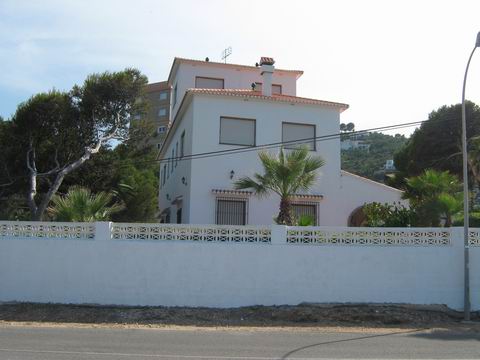
Guinness plays good cop to Bogarde’s bad cop in a naval adventure with the Spithead Mutiny as its setting. English sailors proved once again that with just a minor reduction in flogging they are prepared to give their all for a decent chance of killing Frenchmen.
The sea scenes were all filmed around Denia, even though the action supposedly took place at Spithead, Corsica and Italy.
Lawrence of Arabia (1962) was an epic film and one that greatly influenced Stephen Spielberg, who saw it when he was still at school, and later participated in its restoration.
The impressive desert scenes were filmed mostly in Jordan, but in order to get a more ‘realistic’ Arabian feeling, almost all the interiors were shot in Spain, mostly in Sevilla.
Some desert scenes, such as the attack on Aqaba, were shot in Almería, and during their 3 month stay in Almería in 1962, O’Toole, Alec Guinness and producer Sam Spiegal stayed in the Cortijo Romero situated in the district of Villablanca in the capital of Almería and known locally as ‘La Casa del Cine’ because of its connections with the silver screen. It is now a cinema museum.
Sevilla provided many of the exotic locations. The Cairo Officers’ Club where Lawrence arrives from the canal after crossing the desert was in fact Sevilla’s Palacio Español in the Plaza de España, built for the 1929 Spanish-American Exhibition.
The courtyard of the Officers’ Club where Lawrence is first spurned and his “wog” is refused a drink, but then cheered, is the Hotel Alfonso XIII, also in Sevilla, and Lawrence’s interview with Allenby takes place in the impressively Moorish Casa de Pilatos.
One Cairo street scene was filmed in Almería’s Calle Nicolas Salmerón, the portside promenade, which Lawrence is driven along after being picked up at the Suez Canal following his victory at Aqaba.
Later Allenby fights his way to Jerusalem, but still ends up in Sevilla; the civic buildings are the Plaza de las Americas and the British headquarters was a trade exhibition centre back in 1962 when the film was made.
After more battles and lots more dead Turks, Allenby finally makes it to Damascus where, yet again he finds himself in Sevilla; the Arab parliament, where the Arabs demonstrate that they are not fit to run their own country, was in fact the Sevilla Casino, which has since been transformed into an exhibition centre.
If Lawrence is portrayed in the film as being a bit off his head, pity poor Allenby, played with superb cynicism by Jack Hawkins; all the logistics, all that planning, effort and casualties and still he ends up in bloody Sevilla!
Visitors to Sevilla will be pleased to learn that, like the desert, the city is very “clean”, and that people of all colours, creeds and races will be treated with respect, and served a very cold glass of lemonade on request.
In The Fall of the Roman Empire (1964) Guinness is Emperor Marcus Aurelius, who meets a sticky end while his army is taming the barbarians of Germania, although the mountains are in fact just north of Madrid in the Sierra Guadarrama, faithful home to many a Hollywood epic, and where filming began on 14th January 1963.
Filming continued until May, much to the delight of the 5,000 local extras and hotel owners of Segovia, who all did very well out of the shooting, although some of them had to wear one of the 5,000 wigs prepared for the filming.
A lot of the serious eating between takes was done at Restaurante Hilaria, (opened in 1917) and located at Pradera de Navalhorno. The restaurant still exists and has expanded to offer rural accommodation.
The set for the Roman fortress in Germania was built about a mile from Valsaín, on the road to Madrid near the spring known as La Canaleja or Los Mosquitos.
The arrival of the American production company in the area brought many benefits to the local people, with improvements in the electrical grid and local railway system, new roads and even powdered milk for local schoolchildren.
Guinness had an early exit from the film, stabbed in the back by a poisoned apple, so to speak.
Doctor Zhivago was released in 1965, except in Russia where it came out just a little bit later in 1994. As the book was banned in the Soviet Union, so the film was too, and of course that meant that the wide vastness of Siberia could be found nowhere else but in the Spanish province of Soria, a land where snow is always guaranteed; except when you actually want to make a film about Russia there, which naturally meant that they had one of the mildest winters on record.
In Madrid, the Palacio del Capricho (Whim Palace!) belonging to the Duke of Osuna was used, specifically for the scenes of Zhivago’s funeral, where his brother (Guinness) and lover (Julie Christie) have their last meeting.
As he recreated Arabia in Franco’s Spain, so director David Lean recreated revolutionary Russia there, and had a good supply of Spanish soldiers to depict Cossacks massacring Spanish (Muscovite) extras singing ‘The Internationale.’ Good practice.
The famous dam at the beginning and end of the film, a tribute to the proletarian achievements of communism (or it would have been if Franco hadn’t built it!) and where Guinness interrogates Rita Tushingham, is in fact the Aldeadávila hydro-electric dam in Salamanca province, on the border with Portugal on the River Duero.
Guinness’s two main scenes here must have inspired Arnold Swartzenegger, who made Conan in Spain in 1981, as he used the same dam for scenes of his latest Terminator film, Dark Fate.
There is a wonderful anecdote that describes the scene in which English Civil War soldiers file past World War II soldiers on the sprawling green mountain range of Urbasa in Navarra, where ‘Patton’ and ‘Cromwell’ were being made at the same time.
The unspoilt scenery of this green meseta was ideal to depict the rolling meadows of 17th century England, and all the battles of Cromwell took place here with the inestimable (but paid) help of the Spanish army, which had shown its drilling excellence in the battle scenes of ‘Spartacus’, and once more manoeuvred on the battlefield like true professionals.
Two thousand extras from all over Spain made up the cavalry during six weeks filming, with the centre of operations being the village of Alsasua.
Today Urbasa is a popular area for trekking with extensive views to the dry south and the green north of the Basque Country, and the local tourist board has put up well-hidden signs saying that the film was made there.
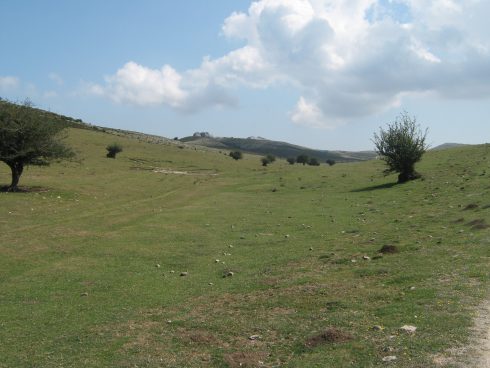
Guinness’s role as the doomed Charles I, grittily hanging on to his throne as he is out-acted by Richard Harris as Cromwell, brought an end to his Spanish adventures, until Monseñor Quixote.

